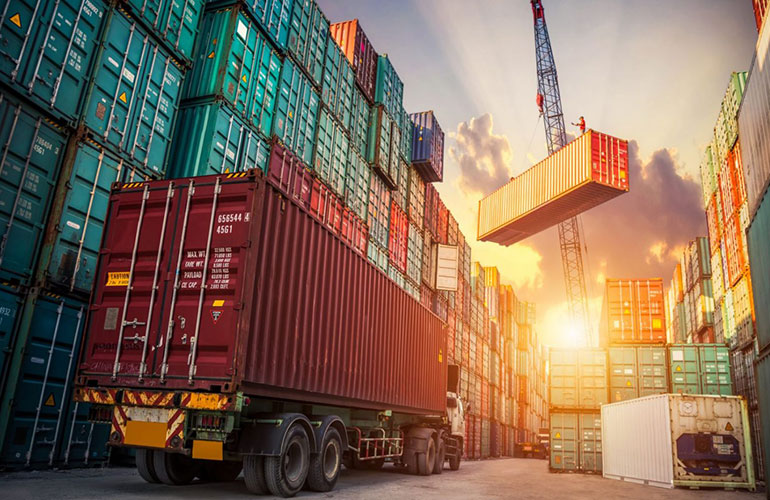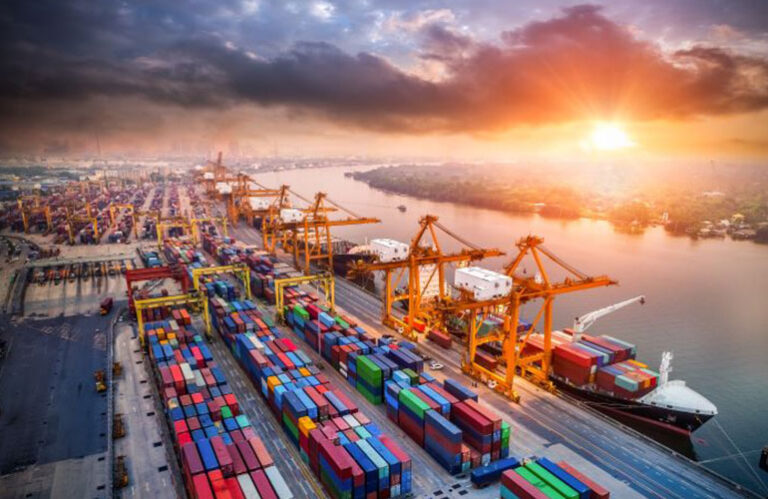International sea freight transportation is a part of your business. However, in order to ship goods successfully and keep your customers satisfied, you must protect them from freight damage. Freight damage is not only inconvenient for you, but it can also result in significant losses for your company. The most noticeable loss for businesses dealing with international air freight damage is that you are not always refunded the damage. Furthermore, if you sustain damage on a regular basis, your freight insurance rates may rise. There can be hesitation from the cargo insurance companies too if you often end up with damaged goods. But, most importantly, it can harm your customer relationships, affecting long-term profits and growth in addition to the short-term losses. So, what can you do to safeguard your cargo against costly damage? Let’s take a look at some of the best practices for preventing freight damage.
1. Proper Packaging
The first and most important step in shipping by international sea freight companies in packaging. It is typically the lowest cost in your supply chain, but it can have a significant impact. Saving money on packaging can have a negative impact on your more expensive costs, such as warehousing, shipping, and loss prevention. It is critical to select the proper packaging material and size. It should be large enough to hold the contents, with additional impact protection if necessary. You also want uniform and consistent packaging throughout your international air freight companies so that it is simple to load and stack on pallets. Don’t use packaging that has dents, holes, tears, or water damage at all costs. A damaged box almost always indicates that the contents are damaged.
2. Employ Impact Packaging
Often, the package alone is insufficient to fully protect the contents inside. Even a minor blunder in which the box collides with something or is stacked incorrectly can result in damage to the entire contents. Regardless of any mishaps during transit, impact protection keeps the goods safe. This is especially important when dealing with delicate items or liquids.
3. Stack the Packages Evenly
Loading a trailer is an art form in itself. Stacking should be consistent and stable, with weight distributed evenly across pallets. Always stack one “tower” with the same-sized pallets or packages. Every three layers should have a sheet of cardboard or reinforcement to help distribute weight and prevent downward-pull breakage, which occurs when the contents of stacked boxes are crushed due to gravity. Because empty space between cartons can cause shifting and breakage, pallets and packages should be packed closely together. These little steps can ensure you don’t sustain damage and therefore, do not have to utilise your cargo insurance.
4. Label Everything
Labeling all of your packages clearly is a good way to ensure you’re loading your trailer correctly. To avoid confusion, use as few labels as possible, and make sure they are bright and easy to identify. Label the weight, the type of contents (fragile, liquid, heavy, flammable), and the hub or final destination address. Label the side flaps near the top so they can be seen when stacked.
5. Make a Freight Plan
Having a detailed plan in place is always a best practice for any recurring process, and your freight packaging is no exception. First, assess your current packaging practices ensuring they are as efficient as possible, taking into account the best impact protection and consolidation methods. Next, think about best practices for getting your goods out the door in a safe and efficient manner, from packaging and loading pallets to loading the trailer. After you’ve captured these, you can create a freight plan that outlines the exact processes to be followed, allowing warehouse employees to know exactly how things should be done for maximum productivity. Ensure complete cargo insurance coverage for any unlikely events to make sure your financial losses aren’t high.



